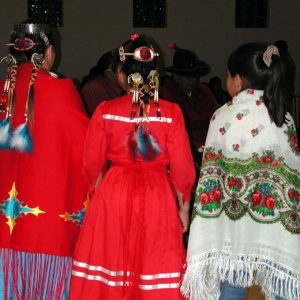 Caddo Dancers
Caddo Dancers
Race and Ethnicity: Native American - Starting with C
 Caddo Dancers
Caddo Dancers
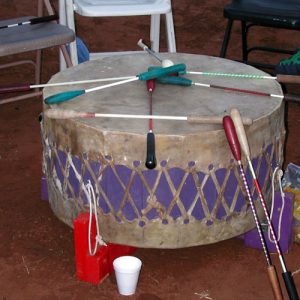 Caddo Drum
Caddo Drum
 Caddo Hair Ornaments
Caddo Hair Ornaments
 Caddo Heritage Museum
Caddo Heritage Museum
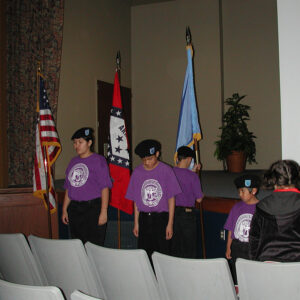 Caddo Honor Guard
Caddo Honor Guard
Caddo Indian Memorial
 Caddo Indian Memorial
Caddo Indian Memorial
Caddo Nation
Carden Bottom
Casqui
Cherokee
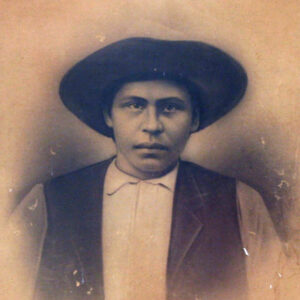 Cherokee Bill
Cherokee Bill
Cherokee Boundary Line
aka: Old Cherokee Boundary Line
Chickasaw
Childers, John (Execution of)
Choctaw
Choctaw Boundary Line
Choctaw Scrip
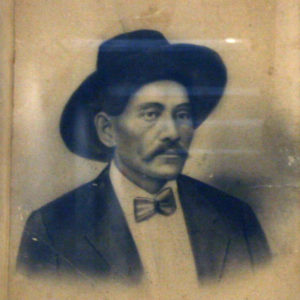 Ned Christie
Ned Christie




